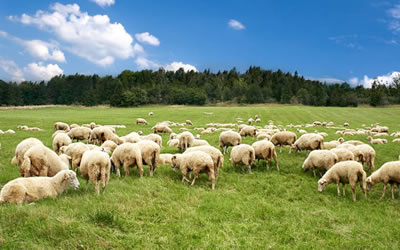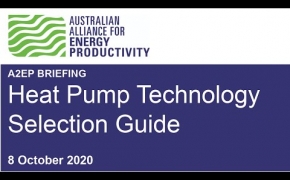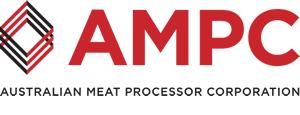The Australian meat processing industry is serious about environmental stewardship. The industry believes it has a duty to ensure that Australian red meat is produced, processed and distributed responsibly, while also remaining competitive and sustainable. The Australian meat processing industry has taken proactive steps to help ensure it carefully manages the nation’s precious environment and resources. In efforts to reduce the industry's environmental footprint, ongoing industry research and development is focused on the continuous improvement of overall productivity, waste minimisation, pollution prevention, the effects of climate change, and beneficial reuse of wastes. Projects underway include:
1. A quantitative risk analysis of the impact of climate variability on the Australian red meat processing industry
- This project aims to assess the risks and opportunities associated with climate variability for the red meat processing industry. It will identify the risks and opportunities, place them in a geographic context and assess their severity through frequency and intensity analysis. A backward scenario analysis will be undertaken to look at how climate extremes have impacted on the meat and livestock industry and how lessons from these events can inform climate change adaptation. The overall sustainability of the supply chain will thereby be gauged, and risk mitigation and adaptation strategies identified. Finally, the project will develop an information extension program to communicate the outcomes of the study.
2. Investigating water and wastewater reuse and recycling opportunities while maintaining food safety at abattoirs
- This project will take a broad, strategic look at the opportunities and constraints for improved water efficiencies at abattoirs using diverse water recovery options. It will provide a tool that will enable processors to evaluate raw water quality and end-use (river discharge, sewer discharge, irrigation or internal reuse as potable or non-potable water) applications of specific water treatment options and undertake cost-benefit analysis. When considering the benefits of water recycling, the quality of wastewater from existing treatment systems has a significant impact on additional treatment required to enable recycling. This influences the cost of further treatment and therefore the value proposition of water recycling. The proposed work builds on previous earlier research and investment by AMPC. Recent advances in technologies and operating strategies for water recycling have initiated the uptake of safe, economic solutions across many food and beverage industries. The meat processing industry, with its large water footprint, can potentially gain substantial economic and operational benefits, while not compromising food safety from such an approach.









